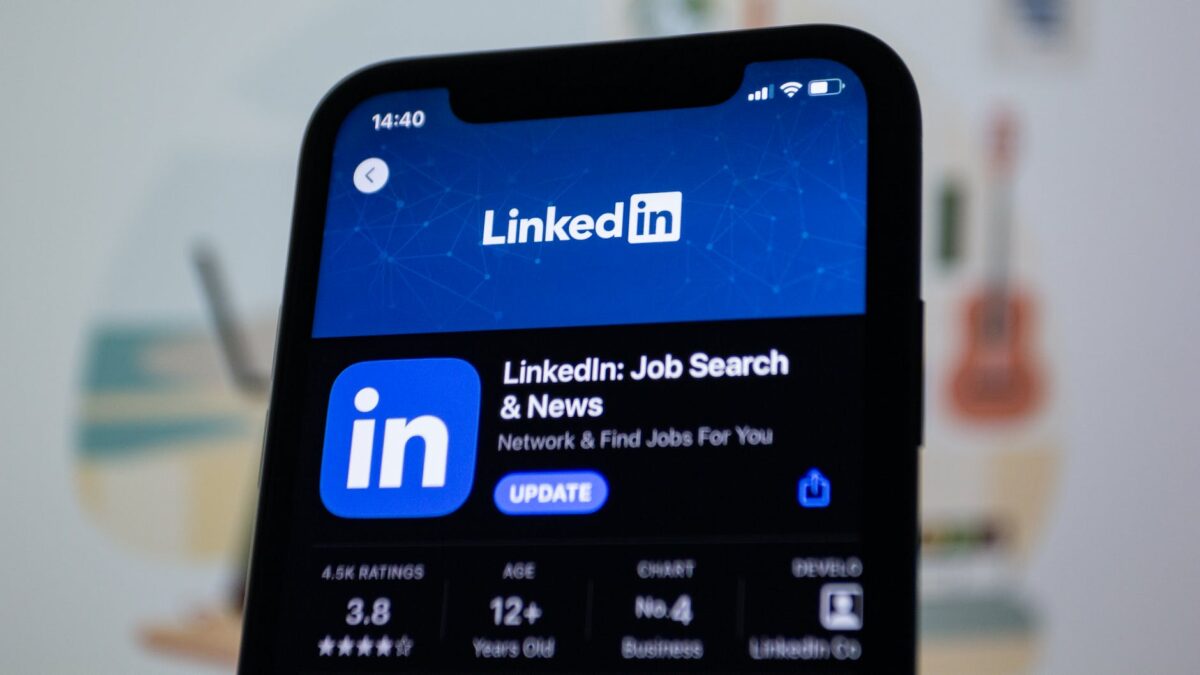Experimentation and testing are two of your best tools to move your marketing forward. It can also be one of the hardest undertakings to get your teams on board.
Your campaign is brilliant. You have guided everyone on the team to a mutual understanding of what your campaign should accomplish. You even have a landing page and CTA your team more or less agrees upon. Congratulations! Then…
A curious team member asks the question, “How do we really know this is the best approach?”
It’s a great question. And one we will explore in depth. By the end of this post, you will have the answers -and questions- you need to have in mind when it comes to marketing experimentation and testing. And yes, it’s important.
What does experimentation and testing really mean?
While we will go over the basics of experimentation and testing – for those wanting to go deeper, you might want to read this.
If you are not familiar with Avinash Kaushik, do yourself a favor and sign up for his free or paid newsletter.
If you have never run a campaign like the one you are about to launch or with an audience you are unfamiliar with, think of it as basically an experiment. You have to be ready for any outcome, good or bad. And this is something that professionals sometimes struggle with. We never know for certain how a campaign will land. Marketing at its core is messy. What works for some doesn’t work at all for others.
Often professionals find something that “works and then stick with it and find themselves in a rut and even worse, if/when it stops working, find themselves with no other ideas to turn to. Even best practices are often wielded as ways to avoid change and sometimes even to preserve the status quo. I no longer take marketing advice dispensed by a “guru” unless they have experience with my exact audience. And that is very rare. Very, very rare.
Before we go any farther
One of the hard truths about marketing is embracing uncertainty. And that can be hard for folks. Even harder is stepping out of yourself and becoming the customer. What do they want? You will hear a lot of opinions from people’s perspectives, however, it might not be the customer’s perspective. Embrace the uncertainty and be willing to fail, and also be prepared to explain to executives – because you will. You might need to remind them that no one walks into a gym and expects six pack abs on the first day. You have to work at it and there will be ups and downs on the way. And you will learn a lot and if you are willing to be honest you will find a way there. There are no short cuts. There is no magic solution. And experimentation will help you find the best way to reach and connect with your audience.
Working with engineers and doctors for instance, I would often have to explain we are not following a black and white process. We have to be able to incorporate new information and go where it might lead us. It’s a mix of art and science. Marketing experimentation and testing allows us to get our hands dirty. But it also needs a clear direction. Or else you run the risk of wasting your energy chasing down too many variables and well-meaning “suggestions.”
So when we talk about marketing experimentation and testing, it is not a random approach to throwing things at the wall and seeing what sticks. We are talking about identifying exactly what we want to experiment with or to test, why we are testing it, how we should test it and stating what we think we might expect and then get out of the way and report honest results. This is also not the time to bend data to make your experiment or test “right,” this is the time to put ego aside and be purely open to results.
So… how do we experiment and test?
Yes! Let’s do it. With experiments, it’s time to brainstorm and focus on ideas that align with your priorities. This is where the goal and objective can help you focus. So let’s launch one of the top ideas and keep some of the additional ideas for future iterations. You launch the campaign/experiment and start to see results after a few weeks. Are they what you expected? Do you think they could be improved? Would you like to see a different outcome. Keeping your goal and objective in mind, is it achieving what you set out to do? Most would probably answer, “Well, it could always be better!”
Now, if you think you are on the right track, it’s time to to think about testing. If not, it may be time to go back to the drawing board and try a few more experiments based on what you know. Hopefully you are consulting a wide group of folks, including customers as you reset your direction.
But again, you have a good history of results with your original campaign – correct? Because if you have nothing, testing at this point will show you nothing. You need to understand everything you are looking at first. Then, depending on those results, begin to identify what you would like to test.
I’m not a fan of setting up multiple tests from the get go. I like to, after experimentation, see what the results are with as large and undiluted a sampling as possible. If it is doing what we generally expect two or three weeks later, but performing and/or underperforming on agreed upon KPIs, then let’s start testing.
Let’s also take a couple of approaches into account. There are a couple of ways you can test. One, which is used a lot more than maybe it should be, is called multivariate. There is also A/B testing. What is the difference and why does it matter?
Multivariate means multiple variables are changed. From copy to focus benefit to headline. Which means it is very hard to pinpoint what’s working or not. But again, there are many who prefer to work this way.
A/B testing, although more time intensive, is usually the most conclusive way to go. It means you are only testing one element and testing it against the original. So you want to try a different headline. Great, that should be one test. You want to focus on a different benefit? Great that should be the only thing you change. A/B testing allows you to really nail down what works with your audience. But as you can imagine, many don’t want to invest the time so we end up with multivariate – and a lot of guessing at went went wrong or right.
A Quick Sad Story
I have had the experience of launching a lot of campaigns. In a product launch, in the awareness stage, a product manager came to me two days after the launch. “How many leads do we have?” she asked. “Zero” I said. The product manager immediately assumed the wording on the landing page was the culprit (again, let’s not even take into account the campaign was in the early stages of the AWARENESS stage) and rewrote the entire page. A week later she asked, “How many leads?” Again, “Zero.” Frustrated she rewrote the page again.
So there were a couple of problems going on here. One, the KPI was leads on an awareness campaign (not good) and there was not good content such as a case study to share AND there was no structured approach to landing page testing. It was all how the program manger felt they could get people to contact us.
This is exactly how experiments and testing can go sideways quickly. One, you need to have clear and realistic expectations for the campaign and the stage it is in. Two, if it isn’t doing what you expected, you can change some elements but do it one item at a time. Be honest about where you are at whether it is in an awareness, consideration or decision stage and be sure to nail down the right action expected. And then test – one item at a time.
So – let’s wrap this up
It’s important to know what you want to test for, what you expect and adjust accordingly. Experimentation and testing can get you there. This nine-minute article goes over the topic in depth and covers a lot of the practical aspects of testing.
Don’t let the idea overwhelm you. Experimentation and testing will soon be your ally in making your marketing the best it can possible be. And be willing to put yourself out there. Anyone who says they’ve never failed at marketing are straight up liars.
One last word
Remember there is a lot that goes into campaign. Images, content video, ads webpages and more are all part of the tactics utilized. It is good to learn what connects with your customers and what doesn’t You will reduce marketing waste and instead learn to focus more and more on what works, again, saving you time and dollars. But there may be some spend in the learning phase you have to write off.
If leadership asks what you are doing while experimenting or testing, let them know we have to find the right way to get to the customer and luckily it’s not like sending out ads in the past. We can measure results now and as long as our KPIs reflect actions and are not being used as a vanity metric, you will be able to continually improve and feel really confident about the budget and results.
If you need help, contact Mainsail
Also read On Landing Pages and CTAs




